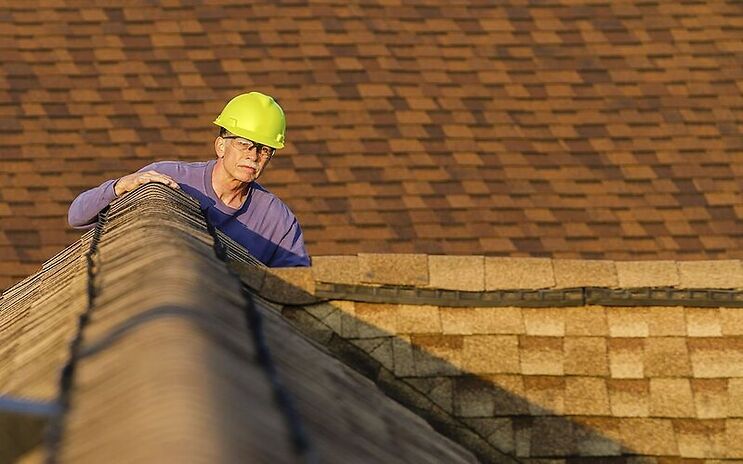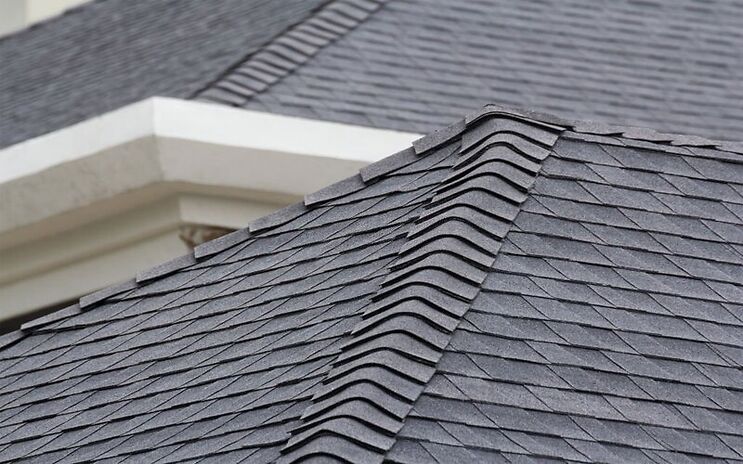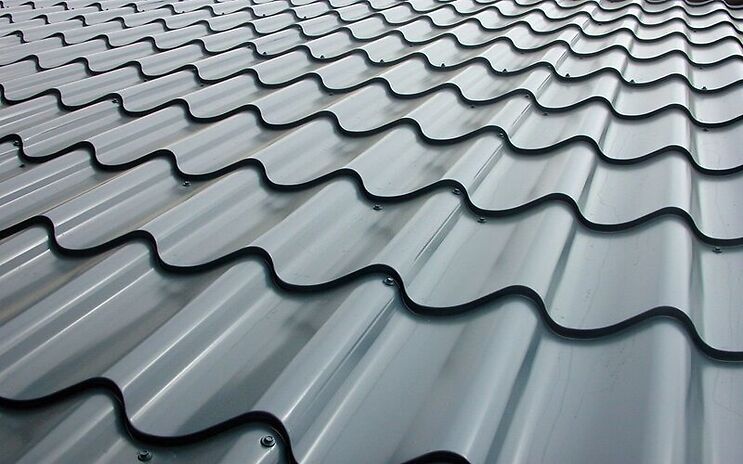12 Things You Should Know Before Doing a Roof Restoration
Things you needs to know before starting your roofing project

When was the last time you had your roof inspected? If it’s been a while, now might be a good time to research roof restoration. Often, minor repairs can be made to restore your roof to its original condition without having to replace it altogether. Here are 12 things you should know before doing a roof restoration.
Processes involved in roof restoration
A roof restoration is a process that can involve several steps, depending on the condition of the roof and the materials used. The following is an outline of a general process that may be used:
1. Roof Inspection
The first step is to inspect the roof and assess the damage. This includes looking for missing or damaged tiles, evaluating water damage, and checking for problems with the underlying structure.
2. Repair
Once any damage has been identified, it must be repaired before beginning the restoration process. This may include replacing damaged shingles, repairing the roof frame, and waterproofing the roof.
3. Clean
Cleaning is an essential part of roof restoration and should be done using a method that will not damage the roofing materials. Pressure washing is often used to remove roofs’ dirt, grime, and moss. It is vital to ensure that all dirt and debris are removed from the roof before the treatment.
4. Prime and Seal
The primer helps the sealant adhere better to the roof surface, and it also helps to protect against UV degradation. The sealant forms a protective barrier that helps keep out moisture and prevents staining from occurring. Choosing a quality sealant that will stand up against the elements is essential. Next, apply a sealant to the entire roof surface. This will help to protect against weathering and corrosion.
5. Coat
Once the surface is primed and sealed, a new membrane or coat of paint can be applied. Membranes are often made from rubber or plastic, protecting the underlying material from water damage. Paint is less common than membranes but can offer better protection.
Roof restoration cost as compared to roof replacement
There is a significant difference between roof restoration and roof replacement costs. Roof restoration involves repairing any damage to the roof, whereas roof replacement means completely removing the old roof and installing a new one.
The price range for roof restoration varies depending on the roof size but typically starts at around $1,000. Roof replacement is much more expensive, starting at approximately $5,000.
In Brisbane, it is often more economical to restore an old roof rather than replace it with a new one. Restoration can be completed in as little as half a day, whereas replacement can take several days. Contact a local roofing contractor for more information about the cost of restoration and relief in your area.
Benefits of restoration

1.Increased lifespan of the roof
Restoration can add years to the life of your roof, saving you time and money in the long run.
2. Improved energy efficiency
A restored roof is more efficient than a deteriorated one, meaning you’ll save on energy costs.
3. Protection against the elements
A restored roof will better protect your home from wind, rain, snow, and other extreme weather conditions.
4. Enhanced curb appeal
A well-maintained, restored roof adds aesthetic value to your home and can increase its resale value and capital improvement.
Drawbacks to restoration
The most obvious drawback to roof restoration is the cost. This is a significant investment, and it’s essential to ensure you get good value for your money. Roof restoration costs more than roof repair, but it’s typically less expensive than replacing your entire roof.
Another potential drawback is the time commitment involved in the restoration process. This isn’t a quick fix; it will take several days (or even weeks) for the crew to correctly complete the job. As a result, you’ll need to be prepared for some disruption and inconvenience.
Finally, it can cause further damage to the roofing surface. If not done correctly, restoration can lead to moisture infiltration, which can then cause additional damage to the roofing material.
Signs when your roof needs work
It’s essential to keep your roof in good condition by regularly inspecting it for any damage and then repairing or restoring it as necessary. Some signs that your roof may need restoration include:
- Missing, cracked, or broken tiles
- Damaged flashing around chimneys or roof vents
- Rusted roof nails or screws
- Ceiling sagging
- The presence of moss, lichen, or algae on the roof
- Leaks or patches in the roofing material
- Damaged tiles or shingles
- Excessive wear and tear on the roofing material
If you notice any of these signs, it’s best to have a professional inspect your roof immediately to determine the damage’s extent and recommend the best course of action instead of waiting for a long period of time. Roof restoration can be expensive, but it’s cheaper than replacing your entire roof.
Find out what roof you have
Before doing a roof restoration, whether for a residential or commercial roof, it’s crucial to identify your roof type and the materials used in its construction, this information will help you choose the right restoration products and ensure that the job is done correctly.
Metal Roofing
Metal roofing is a type of material made from metal sheets. It is often used in place of asphalt shingles and is known for its durability and weather resistance. Metal roofs can also be painted to match any color scheme, making them a popular choice for homes and businesses.
Tile Roofing
A tiled roof is a type of roofing system made up of individual tiles placed in a series of overlapping rows. Tile roofs are often used on homes in warmer climates, as they are known for resisting wind and rain.
Colorbond Roofing
Colorbond Roofing is a type of metal roof that is made specifically for Australian conditions. It comes in various colors and styles and is known for its durability and weather resistance. It is also low-maintenance, which makes it a popular choice for homeowners.
Dulux Roofing
Dulux Roofing is a term used for roof restoration. It is a process of repairing or replacing deteriorated roofing materials in your home. This may include repairing or replacing damaged roof sheathing, wiring, and framing; installing new roofing material over the old material; and applying a waterproofing agent over the entire surface.
Asbestos Roofing
Asbestos roofing was once a popular choice for homeowners, as it is exceptionally durable. However, asbestos has been linked to various health problems, so it is no longer recommended as a roofing material. If you have an asbestos roof, it is crucial to get it inspected and repaired by a professional as soon as possible.
What you can expect after a roof restoration

A professionally completed roof restoration should provide your home with long-term protection against the elements. By stripping away old, worn layers of shingles and applying a new waterproof sealant, your roof can better resist water infiltration, leading to leaks and other damage over time.
In addition to safeguarding your home’s structure, a quality roof restoration can improve your home’s curb appeal and increase its resale value down the road. For these reasons, choosing a contractor experienced in this restoration work is essential. Look for a company with a proven track record of quality results and satisfied customers.
How to finance your roofing project
There are a few ways to finance your roofing project: use personal funds, take out a loan, or find a company that offers roof restoration financing.
If you have personal funds available, that’s the most straightforward option. However, many lenders offer loans specifically for home improvement projects if you need to take out a loan, mainly because of its capital nature. And finally, some companies offer financing options for roof restoration projects. This can be a great option if you cannot pay for the entire project upfront.
No matter which route you choose, shop around and compare rates before committing to anything. Research allows you to find the best financing option for your needs and budget.
Spotting the right roofing company
The best way to find a roofing company is to ask your friends, family, and neighbors for referrals. Then, once you’ve gathered a few names, do online research to see any complaints or negative reviews about the companies.
Once you’ve narrowed it down to two or three companies, it’s time for the final test: a face-to-face meeting. During the meeting, be sure to ask the company questions about their experience in roof restoration, what materials they’ll be using, how long the project will take, and what kind of warranty they offer. Of course, getting an estimate in writing before signing any contracts is also essential.
OSHA safety tips for roof restoration
Restoring a roof can be dangerous, so taking the necessary precautions to stay safe is essential. Here are a few tips from OSHA:
- Wear the appropriate safety gear, including a hard hat, safety glasses, and steel-toe boots.
- Use fall protection equipment when working at a height.
- Beware of electrical hazards, and always use approved ladders and scaffolding.
- Ensure that all tools and equipment are in good condition and properly stored when not in use.
- Avoid any contact with asbestos or lead-based paint on the roof.
- Get trained in safe roofing practices before beginning the restoration project.
Find out if permits are needed for roof restoration
It depends on which type of roof restoration you’re planning on doing. For example, a permit isn’t usually required for painting your roof. However, if you’re changing the roof material or doing any structural work, you’ll need approval from your local council.
In Brisbane, different permits may be required for roof restoration work, such as a building permit, a plumbing permit, and an electrical permit. Again, it’s best to check with your council to find out precisely what’s needed.
Getting a roof restoration quote
A roof restoration quote estimates the cost of having a roofing contractor restore your roof. Quotes can vary depending on several factors, including the size of your roof, the materials used, and the extent of restoration required.
It’s essential to get several quotes from credible roof restoration companies before selecting a contractor, as this will give you a better idea of the market rate for your specific project. Also, ask about warranty coverage and other associated costs, such as labor or materials.
A good roof restorer can provide an accurate quote and help you choose suitable materials for your needs.
Conclusion
Roof restoration can be a more affordable and less time-consuming option than roof replacement. However, some drawbacks should be considered before starting this process. Our guide provides an overview of the restoration process and what you can expect after completing your project. If you’re thinking about restoring your roof, read our tips on finding the right company and getting the best price.
Resource Links
We would like to thank these websites for their informaiton.
- National Roofing Contractors Association (NRCA) – https://www.nrca.net/
- Asphalt Roofing Manufacturers Association (ARMA) – https://www.asphaltroofing.org/
- International Association of Roofing Contractors (IRC) – https://www.roofingcontractor.com/
- National Roofing Legal Resource Center (NRLRC) – https://www.nrlrc.net/
- The Roofing Alliance – https://www.roofingalliance.net/
- The Roofing Industry Alliance for Progress – https://www.roofingindustryalliance.net/
- National Slate Association – https://www.slateassociation.org/
- National Tile Roofing Manufacturers Association (NTRMA) – https://www.ntrma.com/